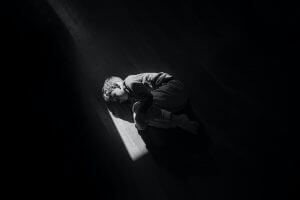Fear and anxiety often manifest as physical sensations, like a fluttering stomach or a pounding heart. While these sensations are felt in various parts of the body, the root cause traces back to the brain. So, why does a brain-centered emotion manifest in the body? Let’s delve into the intricate relationship between our brain and body when experiencing fear.
Brain’s Role in Fear Processing:
- Amygdala: Located near the ear, this almond-shaped region evaluates the emotional significance of situations. When confronted with a stimulus, the amygdala determines an appropriate response, such as fight, flight, or freeze. This reaction is swift and instinctual, as seen when encountering a threatening animal.
- Hippocampus: Often termed the memory center of the brain, the hippocampus works in tandem with the amygdala. It helps differentiate between perceived threats, like a lion in a zoo versus one in the wild, based on past experiences.
- Prefrontal Cortex: Positioned above the eyes, this region governs the social nuances of fear. It interprets social cues, like reassurances about a non-threatening animal, which can modulate feelings of fear.
Body’s Response to Fear:
- Motor Cortex: This brain segment dispatches signals to relevant muscles for swift actions. In fear, these muscles, primarily in the chest and abdomen, might contract, leading to sensations of tightness.
- Sympathetic Nervous System: Extending throughout the body and particularly dense in organs like the heart and lungs, this system becomes active during fear. It prompts the release of adrenaline, accelerating heart rate and blood circulation. As a result, one might experience heightened heartbeat, rapid breathing, and a decrease in gastrointestinal blood flow.
All these bodily reactions send feedback to the brain via the spinal cord. The brain, in turn, processes these signals, generating a conscious awareness of fear and anxiety. In essence, while emotions like fear originate in the brain, their manifestations are felt throughout the body. This interconnected response underscores the intricate relationship between our brain and physiological reactions.


